I’m Bryan Black, Founder of ITS and This is How I Work
I’m Bryan Black, Founder of ITS and This is How I Work
I’ve been a huge fan of Lifehacker’s series of articles called “How I Work” and I thought that something similar might be a good way to address a lot of #GearTasting questions that come in, asking about specifics on either what or how I get things done on a daily basis.
If I were to pick three things that allow me to work at the level I need to run a business and still enjoy life, it would come down to mindset, schedule and tools. In that order.
Mindset
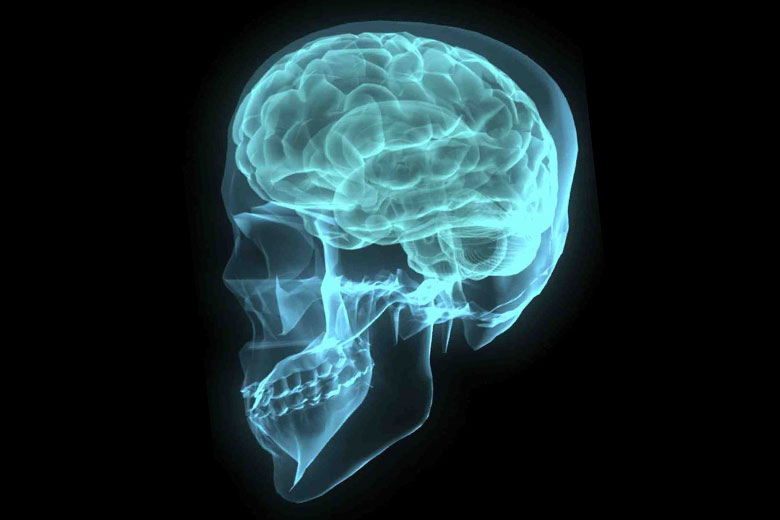
I’ve found that over the 8 years that ITS has been in business, the most important piece to the puzzle of my productivity is having the right mindset. The desire to accomplish a task is a powerful thing, as is not being so rigid that you can’t be flexible when something more pressing comes along to take you off your game. Trust me, in business the need to stay flexible and adapt are a few of the most important tenets.
A lot of people talk about finding your passion and there’s a lot of truth to that. If you don’t truly care about what you’re doing at the end of the day, you won’t stick with your goals.
That could be running a business, or graduating from college. The goal doesn’t matter, what matters is how badly you want it. This is mindset at its core, having the fortitude to prevail in the face of adversity.
Productivity is the brother of achievement, hence staying productive in the achievement of your goals goes hand in hand. However, you’re not always going to be “on.” You’ll have days that you’d rather be somewhere else, or doing something completely different. I call those brain dead days and I specifically set up tasks that take almost no brain power to shift to during those times.
Speaking of which, a big part of mindset is not mentally beating yourself up when you make a mistake, or things don’t go the way you’d planned. I’m still guilty of this, but it’s gotten better through the years as I’ve acknowledged it and worked to improve it. Life is a challenge and its conditions will never be perfect, so stop trying to fight that fact. That last one was for me more than you.
Schedule

I’m a creature of habit and when the framework of my day is ignored or falls apart, so does my focus. I rely heavily on a strict schedule at specific times of the day and allow myself plenty of flex time for weekly items that need to be accomplished. Meaning I have a schedule and I don’t have a schedule. It’s an oxymoron, but it works for me. Let me summarize to give you an idea of what that looks like.
I wake up between 4:30 and 4:45 every weekday to workout and jump start my day. I like the feeling of being up before the sun and having nothing better to do than get a workout in. I’ve found the mornings are far superior than the evenings, as I’ve usually had too much coffee during the day and can’t focus enough. Working out to music also helps me zone out and think about the day before me and what I’ll accomplish. A lot of my “brain work” takes place during this time and many solutions to problems I’m trying to work out, manifest themselves during this time.
A good sweat really does wonders for my productivity and in turn, my mood, which carries throughout my day positively. Other than music, scanning the news and checking email once for priority events, I try not to touch electronics in the morning. I flip through the Apple News app on my phone while eating breakfast, along with getting a few minutes of actual reading in on whatever book I’m working through at the time.
After cleaning up from breakfast and getting ready for the day, I then spend some time in front of the computer organizing and planning my day. I file anything on my home office desk that needs to be cleaned up, review the MITs (Most Important Things) to accomplish for the day and log those in a pocket notebook I carry. As great as electronic devices are, I still plan out my day the old fashioned way; with paper and pen.
My mornings are sacred and important to me to start the day off right. We don’t start the work day here at ITS HQ until 9 a.m. and other than missing the occasional FedEx delivery, that timeline works out well and allows me to accomplish all I need to in the hours leading up to work beginning.
The flexibility in my schedule is built around working hours. We have certain things that always occur each week, like recording podcasts, filming YouTube videos, developing content, etc. However, that pre-defined work has to be balanced with doing work as it shows up too. We’re not locked into such a rigid schedule here that we can’t be flexible, in fact, we need to be.
My evenings are back to somewhat of a routine, though less scheduled as my mornings. My wife and I normally cook dinner together at night and aside from pressing work, I try my best not to get sucked back into doing work at night. To quote Ben Franklin’s schedule, which has largely influenced my own, I use the evenings for music, diversion or conversation. Before going to bed at night I do set aside some time to process the accumulation of my day, whether that’s physical paperwork that needs to be filed or a quick review of what’s been accomplished.
I also set aside time to journal at night and note the top three MITs for the next day in my pocket notebook. I read at night before crashing out and try to be in bed by 10 to 10:30 p.m. and do my best to get at least six hours of sleep. Even on the weekends, I’ve found that getting more than seven hours of sleep makes me groggy and between six and seven is where it’s at for me.
Tools
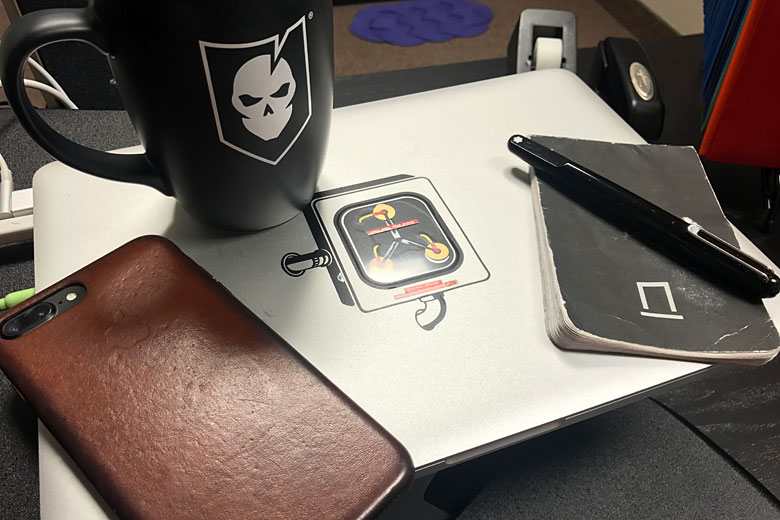
While not quite a tool, the largest thing I rely on is more of a methodology. Those of you who follow David Allen’s Getting Things Done, may have already spotted its influence in what I’ve mentioned thus far. All the tools I use revolve around the GTD methodology and it’s worked amazingly well for me over the last decade I’ve been using it. Needless to say, it comes highly recommended.
My computer is a MacBook Pro that goes with me to and from work. I dock it into a Mac Display while at work, as well as at home. It’s nice to have a powerful laptop that can do everything I need it to do, which means I’m never in a situation where I don’t have something on my computer. It also affords me the luxury of having a mobile version of my office with me at all times. A tenet of GTD is to have mirrored workspaces and I live by this. My desk at home and work are nearly identical.
I’ve been using a VariDesk for a few years now and really like that I can use it to have a convertible standing desk without having to have purchased a new desk. Bluetooth headphones are also a must for me and I use the Jabra Move Headset. I often write with music on and it helps me focus on that and other tasks I’m working on that are “full focus” tasks. My music selection probably varies more than anyone I know. I can go from The Ramones, to Mozart and finish with Deadmau5 by the end of the day. Audiobooks and Podcasts are big for me as well, but I save those for my commute, I can’t give them the attention I need to during my workday.
For digital tools, my top three most frequently used programs are OmniFocus, Evernote and the Apple Calendar. Followed by Spark, which is the email client I’m currently using. OmniFocus was designed around GTD and has been managing my tasks since it was released in 2006. Prior to that, I was using Kinkless GTD, an application developed by Ethan Schoonover that eventually became OmniFocus. Evernote handles all my checklists and acts as my virtual file drawer to store specific documents. I also rely heavily on Dropbox for this type of storage as well.
I haven’t found a good replacement for the built in Apple Calendar and while not perfect, works well to schedule tasks or appointments that need to happen at a specific time/date. I use the alerts on calendar appointments quite a bit too, which remind me of upcoming events throughout the day. Once I found Mailbox and the ability to snooze emails, it changed my life. Dropbox purchased Mailbox for 100 Million Dollars and shut it down in 2015 and I still haven’t found anything I like as much as I liked Mailbox. Spark has the snooze feature though, which in my opinion is the best thing to happen to email in a long time.
A few other tools I feel are essential are my GTD folders, amongst others. These go with me to and from work and are plastic folders that categorize the documents well I typically transport back and forth. I carry a MontBlanc M Pen with me because I love the way it writes with its new Artfineliner refill. I like to write small in my pocket notebooks to maximize space and this fits the bill perfectly.
In Closing
There’s so much more I could write about when it comes to the way that I work, but if I could offer advice, it would be to develop a system that works for you and ensure it’s one that you can run on autopilot. In the craziness of our days, autopilot is sometimes all we have time for.






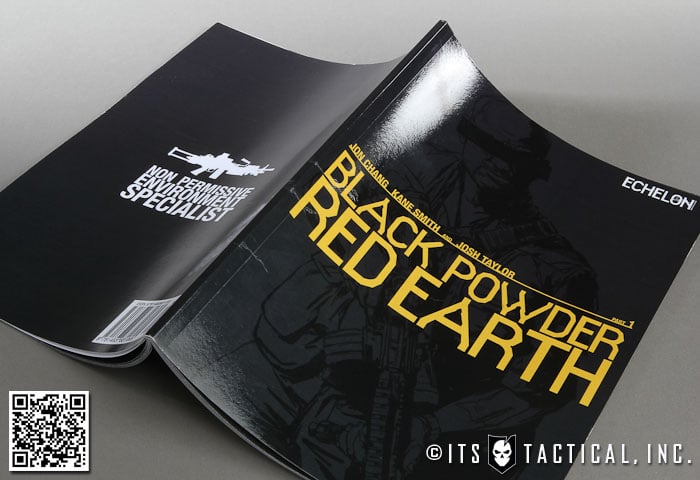
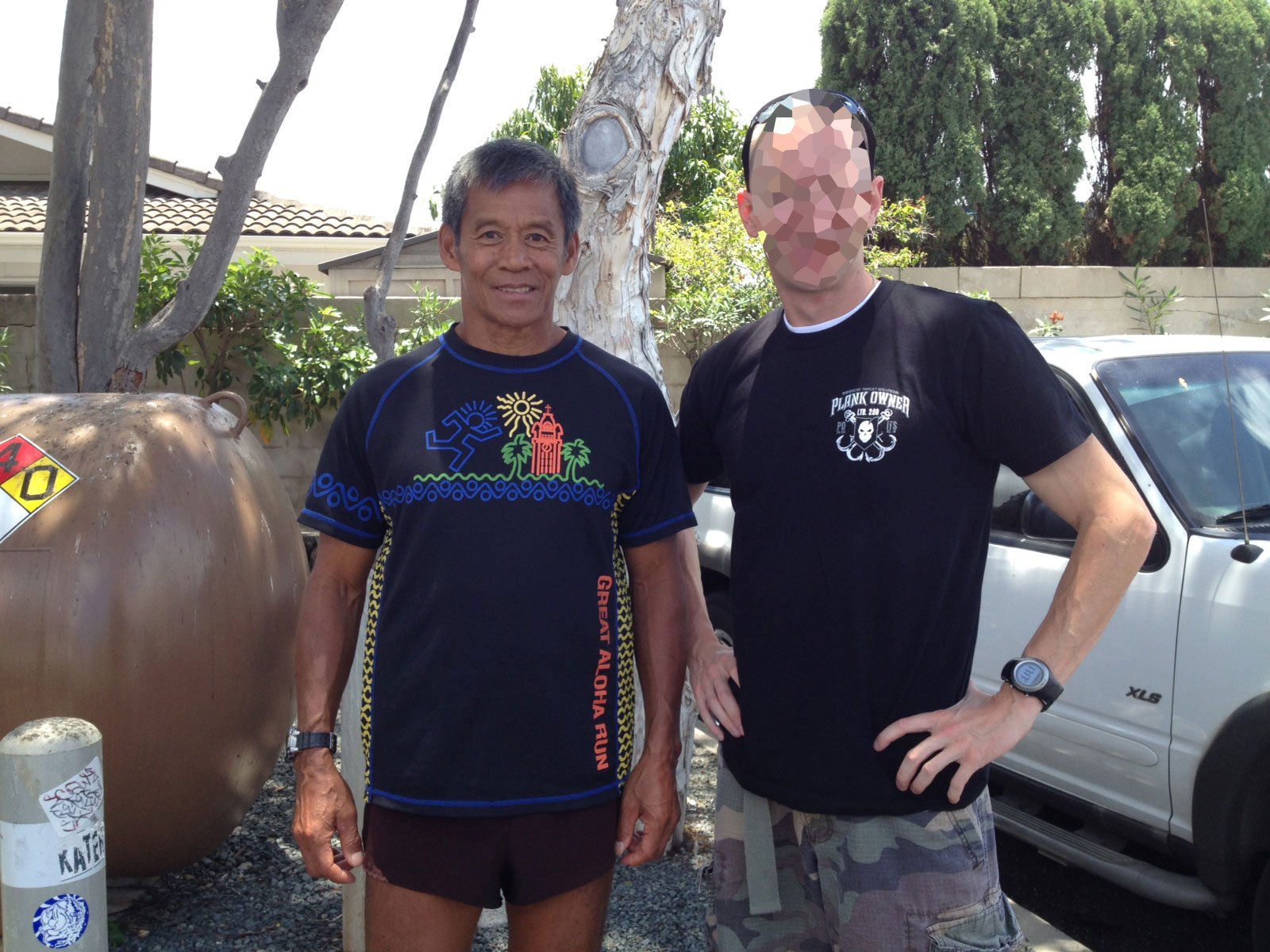

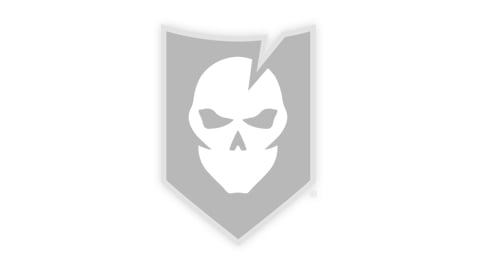

Discussion